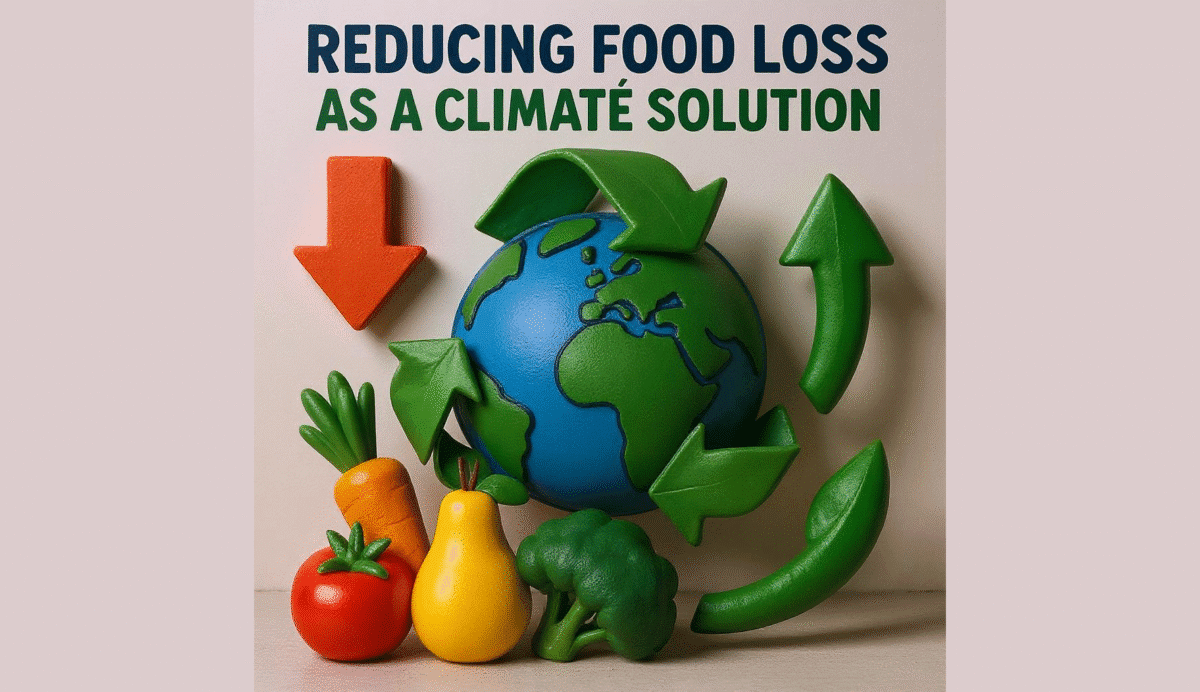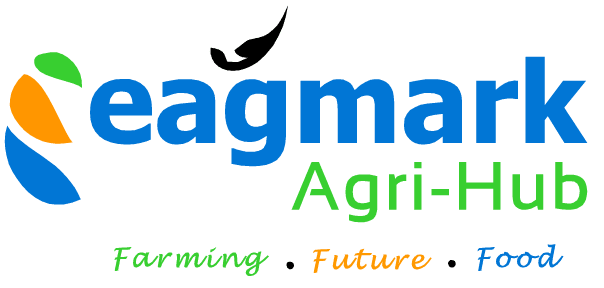The Food We Grow But Never Eat – East Africa’s Hidden Climate Crisis

Picture this: You plant maize seeds in March. You water them through the dry season. You harvest golden cobs in August. Then you watch one-third of your crop rot in storage.
This happens to millions of farmers across East Africa every single day.
The Tragedy Hiding in Plain Sight
Walk through any rural market in Kenya or Rwanda. You’ll see the evidence everywhere. Tomatoes turning soft in the heat. Maize kernels eaten by weevils. Beans that never made it past the storage shed.
Right now, Kenya loses 30 to 40 percent of its food before anyone takes a bite. Rwanda throws away 20 to 30 percent of its staples. These aren’t just numbers on a government report. They represent real meals that never reach real families.
Think about that farmer who invested everything in fertilizer, seeds, and labor. When half the harvest spoils, where does that leave them?
The Price We All Pay
Kenya bleeds KES 72 billion every year through food loss. That’s US$ 560 million vanishing into thin air. Money that could build schools. Fund hospitals. Support small businesses.
But the cost goes far beyond cash.
Every tomato that rots releases the same carbon as when it was growing. Every bag of maize eaten by pests carries the emissions from the fertilizer that fed it. FAO estimates that food loss and waste generates 8 to 10 percent of global greenhouse gas emissions. That’s more than every airplane on Earth combined.
You grow the food. You pay the environmental cost. Then you lose the food anyway.
Does this make any sense?
Why Your Storage Matters More Than Your Seeds
Climate experts love talking about drought-resistant crops and solar irrigation. These tools matter. But here’s what they miss: protecting food you’ve already grown delivers bigger wins than growing more food.
Take Rwanda. Farmers there struggle with emissions from inefficient fertilizer use. When crops from those farms rot in storage, the emissions stay in the atmosphere. The nutrition disappears. The income vanishes.
What if you could cut those losses in half? You’d feed more people without planting another seed. You’d earn more money without buying more land. You’d fight climate change without expensive technology.
Progress Begins
Kenya launched its Postharvest Management Strategy in 2024. The plan targets cold storage, drying facilities, and better coordination across the food system.
Rwanda embedded postharvest loss reduction into its national food transformation plan. They’re building storage hubs and expanding access to finance for smallholder farmers.
Both countries recognize that climate resilience depends on protecting harvests, not just growing them.
But is this enough?
Four Things That Must Happen Now
1. Build the infrastructure farmers need. Rural areas lack basic drying and cooling facilities. Farmers harvest good crops, then watch them spoil because they have nowhere safe to store them.
2. Count postharvest solutions as climate action. Every ton of food saved reduces emissions. Every storage facility built fights climate change. National climate plans should recognize this.
3. Work together across borders. Food loss doesn’t stop at country lines. Kenya and Rwanda should share technology, research, and best practices. Regional cooperation can slash costs and speed up progress.
4. Teach farmers what works. Many smallholders want to reduce losses but don’t know how. Training programs on proper harvesting, storage, and transport techniques can cut waste immediately.
The Question That Matters
Farmers across East Africa are growing enough food to feed their communities. The crops are there. The nutrients are there. The potential income is there.
So why are we still losing so much of it?
You can’t solve climate change by growing more food on degraded land. You can’t end hunger by expanding farms into forests. You can’t build prosperity by wasting what you’ve already produced.
The solution sits in storage sheds and market stalls across Kenya and Rwanda. It waits in better roads and cold storage units. It lives in the knowledge farmers need to protect their harvests.
Your next meal started with a seed planted months ago. Someone tended that crop through sun and rain. They harvested it with care.
What happens next determines whether that food feeds a family or feeds the landfill.
The choice is ours. The time is now.
Can we finally stop wasting the food we work so hard to grow?



